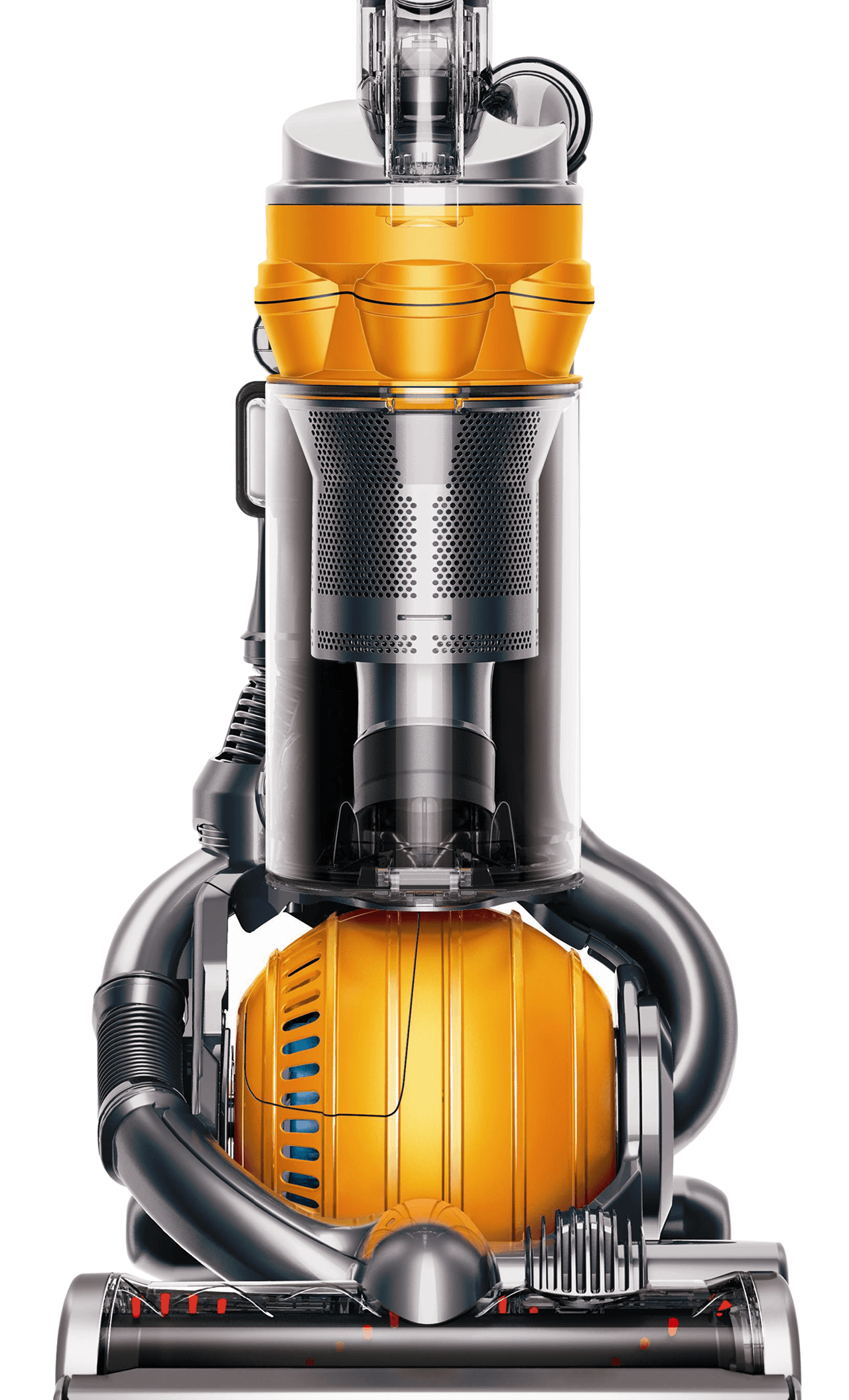You are reading the book Wicked Problems, published by Jon Kolko in 2011.
An Introduction to Wicked Problems
Understanding Social Entrepreneurship
Entrepreneurship is at the heart of Western culture. For many people, it invokes feelings of freedom and liberty. Many people also find it a tremendously intimidating idea—one that implies a Renaissance-style mastery of anything and everything. But that's an inflated impression created by the lore of entrepreneurship and the framing of American history. An entrepreneur in practice is simply someone who starts a company, assumes the financial risk—and benefits from the reward.
An entrepreneur is often driven by awareness of a problem and a passion to solve that problem. James Dyson, inventor of the Dyson vacuum cleaner, is said to have become so irritated by the lack of suction in the standard vacuum cleaner that he dedicated his life to building a better version. "5 years and 5,127 prototypes later, the world's first bagless vacuum cleaner from Dyson arrived," and Dyson's net worth is now about a billion dollars.

Dyson. “A New Idea.” n.d. (accessed October 2011)
Clark, Hannah. “James Dyson Cleans Up.” August 1, 2006. (accessed October 24, 2011)
Like an entrepreneur, a social entrepreneur starts a company and assumes the risk. The difference, though, is the type of problem. A social entrepreneur works in the context of a humanitarian problem. Rather than efforts directed toward something like better vacuuming (and large economic profits), the drive is toward helping people and creating social capital, the non-economic wealth within a community. According to Author Jane Jacobs, the diverse mesh of human knowledge and relationships in cities are networks, and "these networks are a city's irreplaceable social capital."
Jacobs, Jane. The Death and Life of Great American Cities. 1961.
Sociologists theorize over the relationship between social capital and quality of life, and "many now regard social capital as a key ingredient in both economic development and stable liberal democracy."
Fukuyama, Francis. "Social Capital and Development: The Coming Agenda." SAIS Review, 2002: 23-37.
Social entrepreneurs notice pressing problems—that often include inequality, education, access to food and water, and sustainability—and seek to solve them. Like Dyson, social entrepreneurs rigorously create prototypes. The prototype and output can be physical, as in a mosquito net to prevent malaria or a testing kit to reduce the spread of HIV. Or they can be digital, the result of the complexity of social problems, the cheap cost of technology, and the ability to easily distribute a piece of software across large distances.
The design of an object, such as a mosquito net, or an interaction, as in Project M, is often part of a larger framework—a service—that also includes people and policies.
As a social entrepreneur, Dr. Govindappa Venkataswamy understood the social-capital potential of a country less afflicted by blindness. So he founded Aravind Eye Hospital to provide free eye care to the millions of Indians suffering from treatable blindness.
Pavithra Mehta, Suchitra Shenoy. Infinite Vision. CharityFocus, 2011.
In this case, the service is made up of various artifacts (such as forms to fill out, waiting-room chairs), interactions (the systems that track the number of patients and their days in the hospital), people (doctors, nurses, patients, case workers, etc.), and policies (governing the hospital's operation). When all of these elements act in concert, Aravind is most effective at achieving its mission, creating the maximum social capital, and tackling something called a wicked problem.
